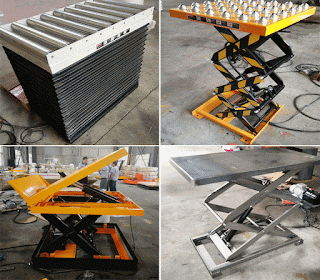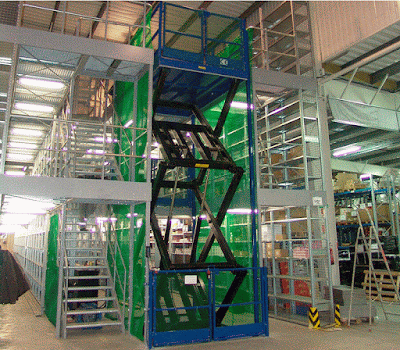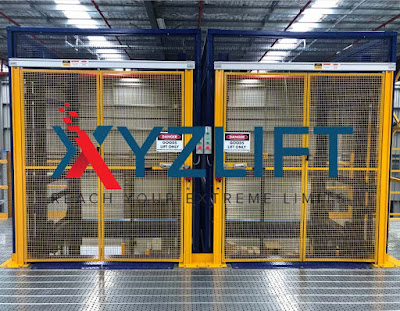4 Things You Should Know About a Scissor Lift Platform
Scissor lift platforms, also called lift tables and platform lifts are designed to raise or lower a platform. Their adequate usage makes overhead tasks safer and more effective, at the same time, scissor lifts help improve the proper location of materials. These lift tables are made up of three basic components including, scissor legs, a platform, and a lower frame assembly.
The Use of Platform Lifts
Scissor Lifts are designed for a wide variety of uses and different industrial processes including load positioning, materials positioning, Pallet loading/unloading, work positioning in assembly operations and manufacturing.
For different industrial settings and sectors, the scissor lift tables allow operators to lift heavy loads easily and safely, thereby minimizing the risk of workplace injury.
The concept of using a scissor lift table is safe and reliable, which makes it ideal to use in a number of different industries.
The Operating Methods
Scissor Lift platforms have three basic operating methods- Pneumatic, Hydraulic, and Self-positioning. Pneumatic works with bringing in use the airbags that help move the platform up and down. Whereas, hydraulic uses one or more hydraulic cylinders to move the position and Self-positioning scissor lifts are weight-sensitive. With weight being added to the platform, it gets automatically lowered and raised. Besides, there are multiple stage scissor lifts such as The Double Scissor Lift which has heavy-duty hydraulic cylinders and has spherical bearings with grease fittings. What is common in all these versions is the ability to support lots of weight, which makes it different from conventional aerial lifts and other kinds of lifting equipment.
While considering the mobility factor, the scissor platform lifts are categorized into two types. The first one is the static and another one is the mobile one. Do consider your requirements while making the decision of selecting the right one.
Safety when using scissor lifts
To avoid scissor lift hazards, safe working practices should always be in place. Such practices include inspecting the lift before use, safely moving the lift, setting the brakes and stabilizing the lift before raising it, and selecting a safe work area. Do check the safety features of the lift table like the safety bar, toe guard safety skirt, and velocity fuse system to make work smooth and to cut down on workplace accidents. Also, carefully assess the job site so as to ensure there are no holes or bumps and the surface is uniform. Areas like operating controls, tires, wheels, emergency controls and safety tools must be checked thoroughly. Lastly, make sure to immediately replace the missing or damaged part, leaks repaired, or check fuel levels by certified technicians.
Finding a Reliable Dealer
Consider buying a scissor platform lift from a trusted company to ensure that the machine is of superior quality and abides by all safety regulations. It’s better to plan ahead on which type of scissor lift you wish to buy, depending on where you will be using it and how much load you need it to hold. Also, figure out the duty cycle before purchasing because using equipment beyond the prescribed limits leads to premature damages.
If you are looking for the best types of scissor lifts, visit https://www.xyzlift.com. Our diverse scissor lifts are made up of quality materials and delivered promptly with an exceptionally high level of customer care.




Comments
Post a Comment